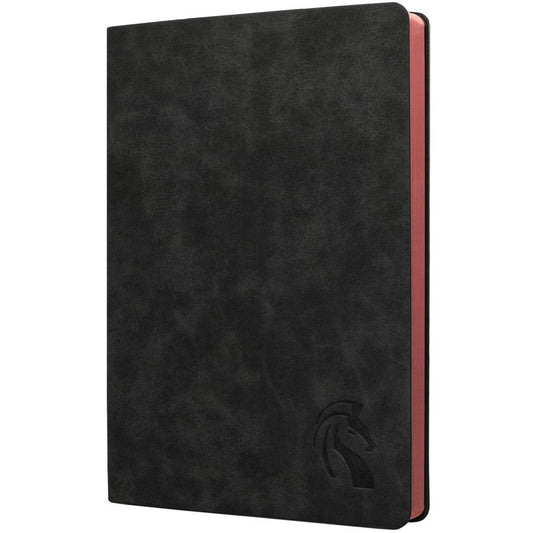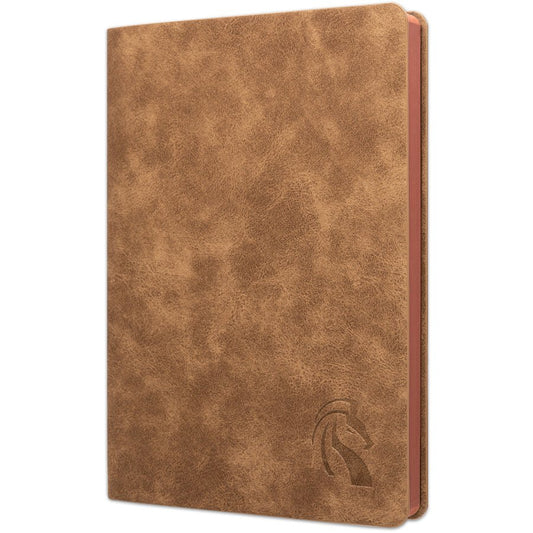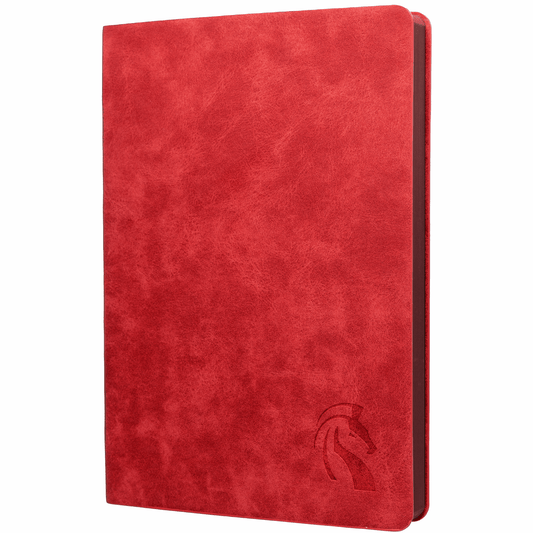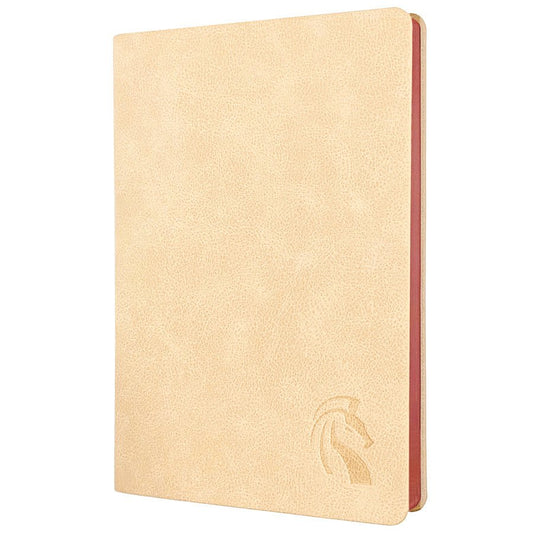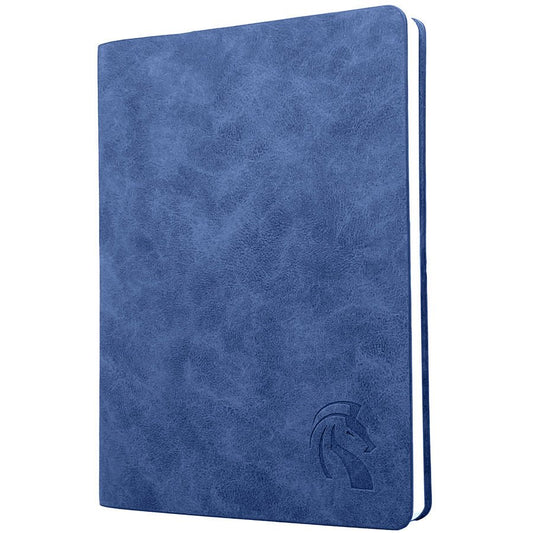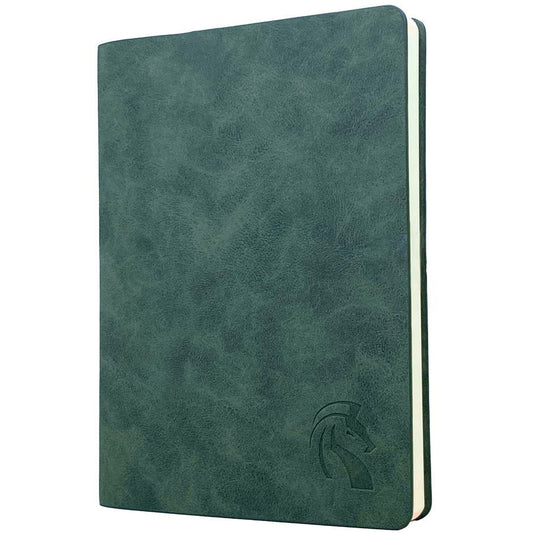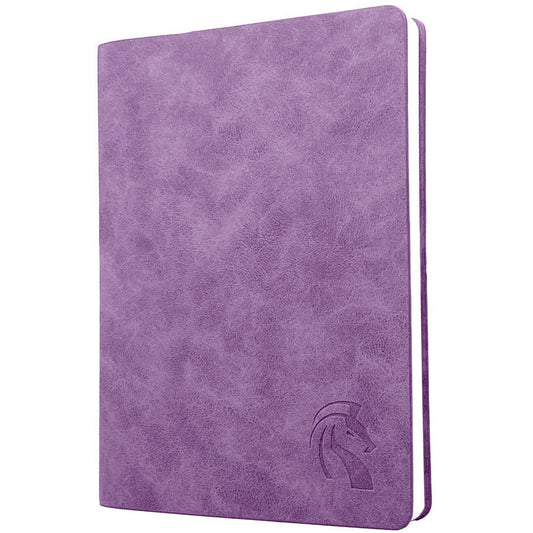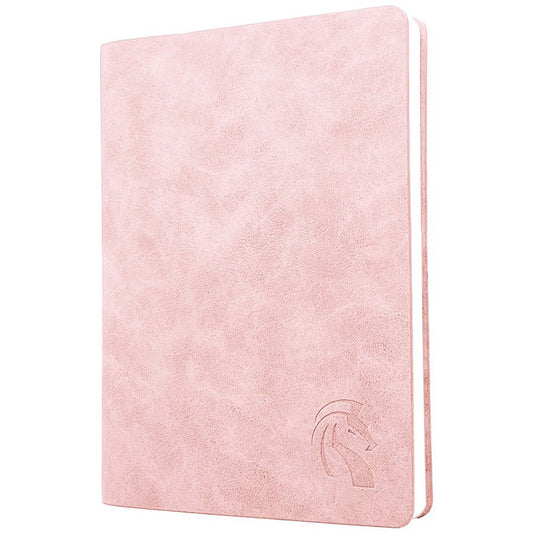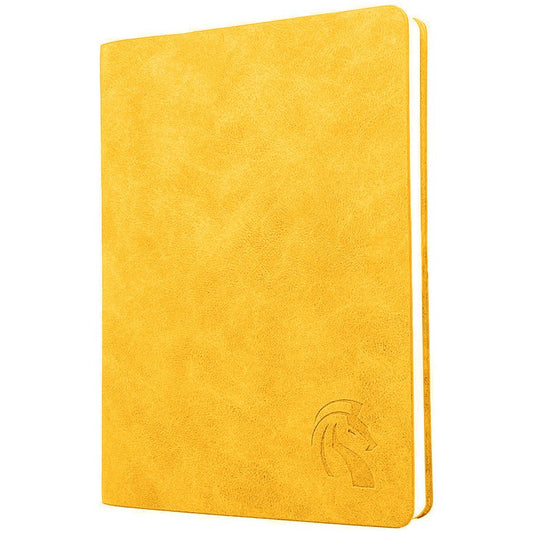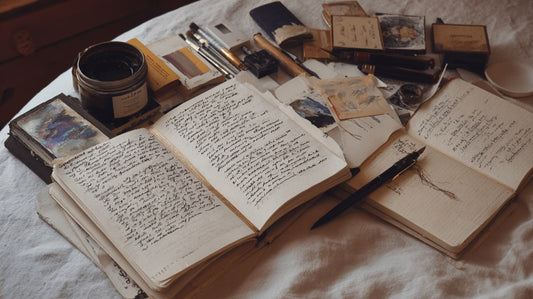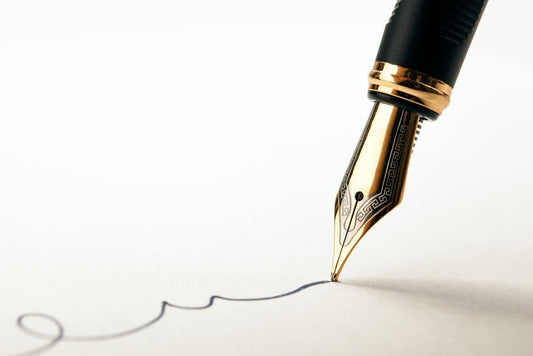
Writing with a fountain pen can be a unique and rewarding experience, but it can also be challenging for those who are not used to it. In this article, we will explore the art of writing with a fountain pen in more detail. We will discuss the history and design of fountain pens, the benefits of using a fountain pen, and provide tips and techniques to help you overcome the challenges of writing with a fountain pen.
History of Fountain Pens
Fountain pens have been around for centuries, with the first recorded patent for a fountain pen in 1827. Before fountain pens, quills and dip pens were the primary writing tools. The development of fountain pens allowed for a more convenient and reliable writing experience.
Do modern fountain pens leak on planes?
The early fountain pens had a simple design, consisting of a barrel, a nib, and a reservoir for ink. Over time, fountain pens became more complex and elegant in design. Today, there are many different types of fountain pens available, each with their own unique style and characteristics.
Design of Fountain Pens
Fountain pens are designed to use capillary action to draw ink from the reservoir to the nib. The nib is the most important part of the fountain pen, as it determines the thickness and flow of the ink. Nibs come in a variety of sizes and shapes, and they can be made from different materials, such as gold, steel, or titanium.
Fountain pens can be made from a variety of materials, including plastic, metal, and wood. The design of the pen can be simple or complex, with intricate details and engravings. Some fountain pens are even designed for specific purposes, such as calligraphy or drawing.
Benefits of Using a Fountain Pen
There are many benefits to using a fountain pen over other writing instruments. Here are some of the advantages:
1.Improved Handwriting
Using a fountain pen can improve your handwriting. Because fountain pens require a lighter touch and a different grip than ballpoint pens, you may find that your handwriting improves over time. Fountain pens can also encourage you to slow down and take your time when writing, resulting in more deliberate and legible writing.

2.Unique Writing Experience
Writing with a fountain pen is a unique experience that cannot be replicated with other writing instruments. The smooth flow of ink, the tactile feedback of the nib on the paper, and the unique sound of the pen on the page all contribute to the experience of writing with a fountain pen.
3.Customizable Writing
Fountain pens allow you to customize your writing experience in a way that other pens cannot. You can choose different nib sizes and shapes to suit your writing style and preference. You can also experiment with different types of ink, such as colored or scented ink, to add personality and flair to your writing.
Challenges of Writing with a Fountain Pen
While there are many benefits to writing with a fountain pen, there are also some challenges to overcome. Here are some of the most common challenges:
1.Ink Flow
Ink flow is one of the most common challenges when using a fountain pen. If the ink flow is not consistent, the pen may skip or stop writing altogether. This can be caused by a clogged nib, a poorly maintained pen, or using the wrong type of ink. To ensure smooth ink flow, make sure to clean your pen regularly, use high-quality ink, and store your pen in the correct position.
2.Grip and Pressure
Grip and pressure can also be a challenge when using a fountain pen. Unlike ballpoint pens, fountain pens require a lighter touch and a different grip. Holding a fountain pen too tightly or applying too much pressure can cause the nib to dig into the paper, resulting in

LeStallion PU Leather Journals
LeStallion Soft Cover PU Leather Journals inspires and excites you to write more, allow you to further grow and develop, so you may achieve your goals and dreams!
SHOP LESTALLION

